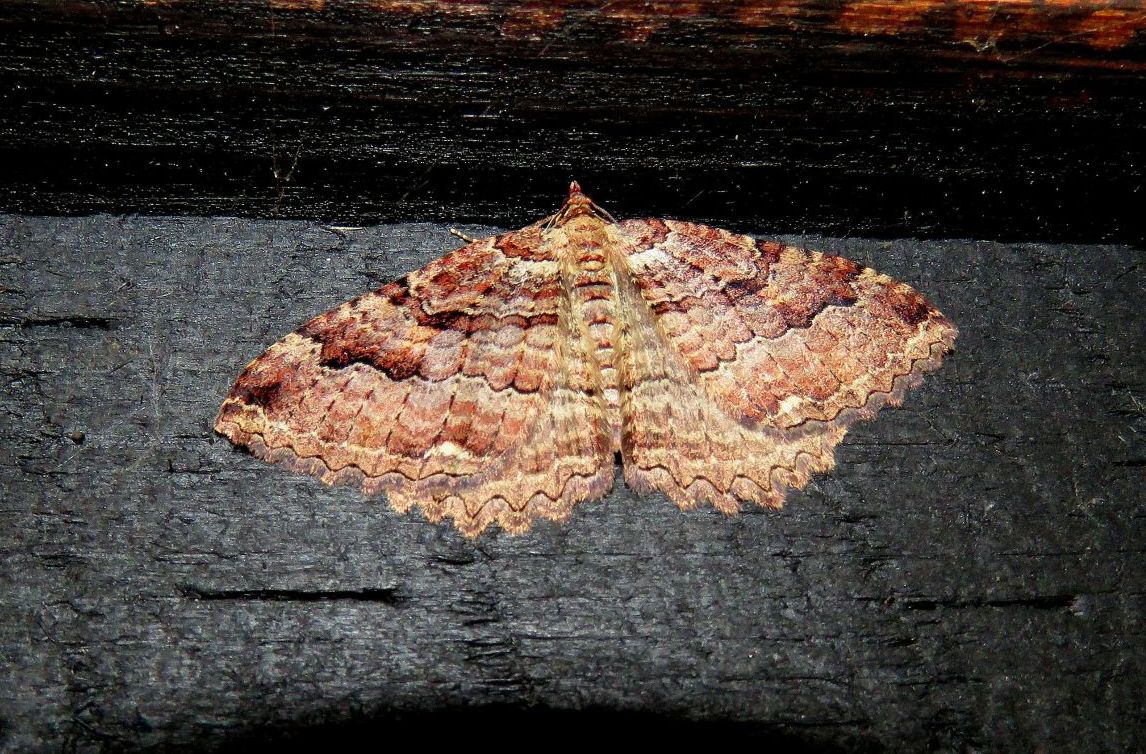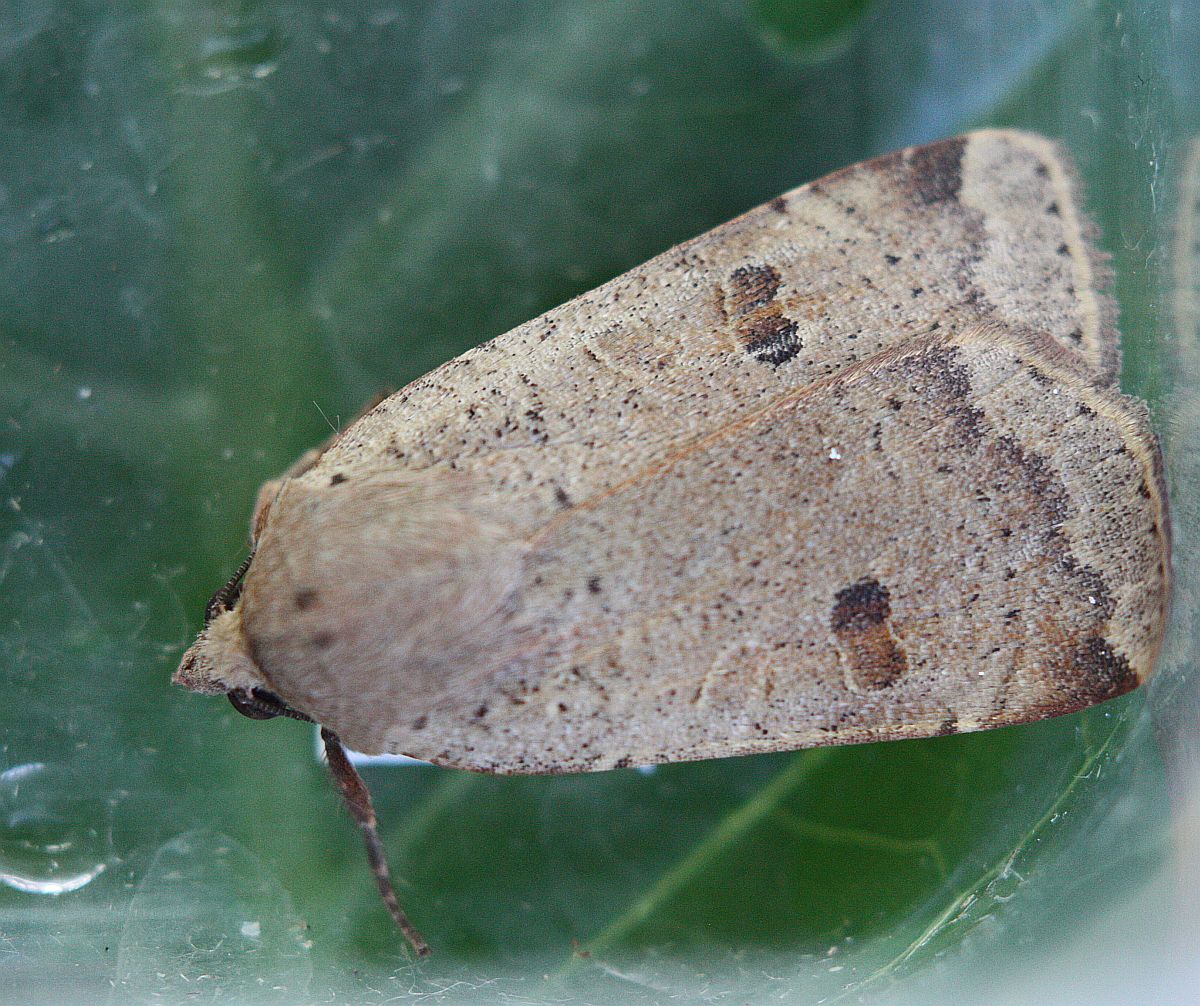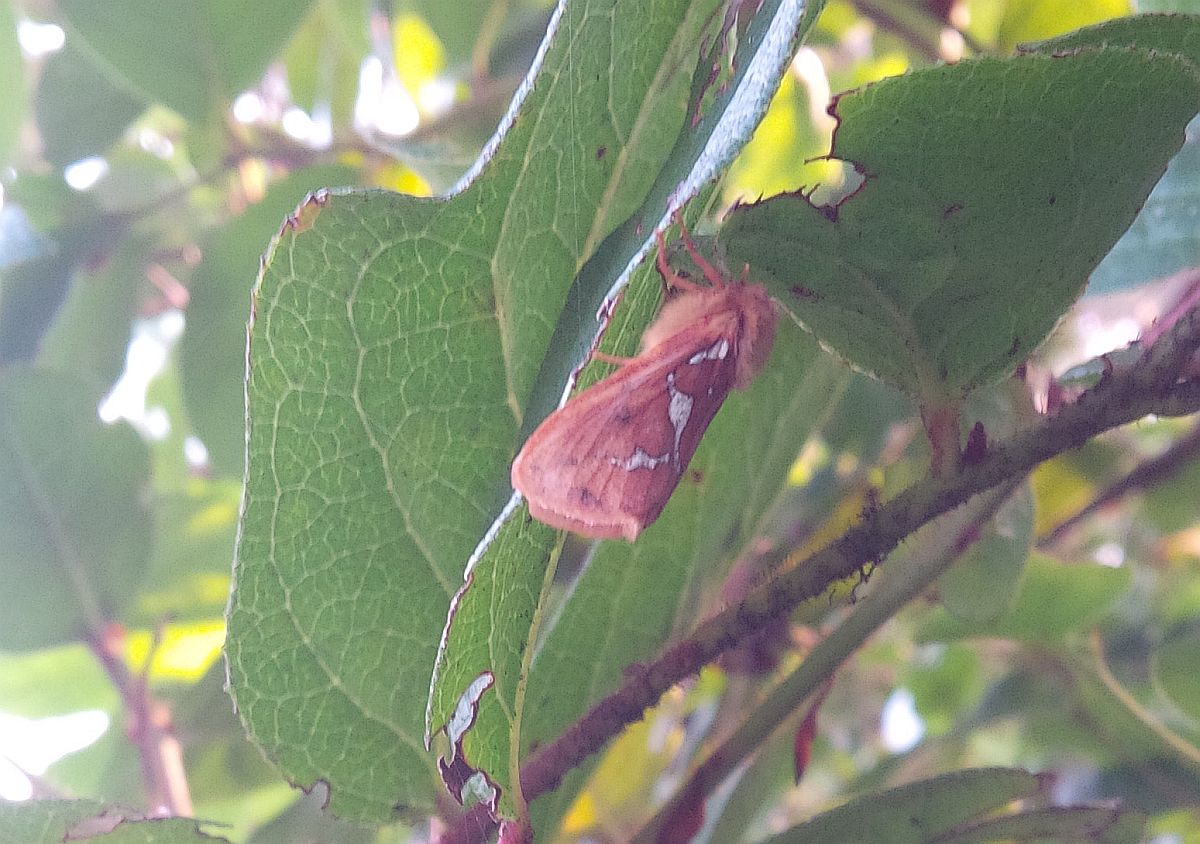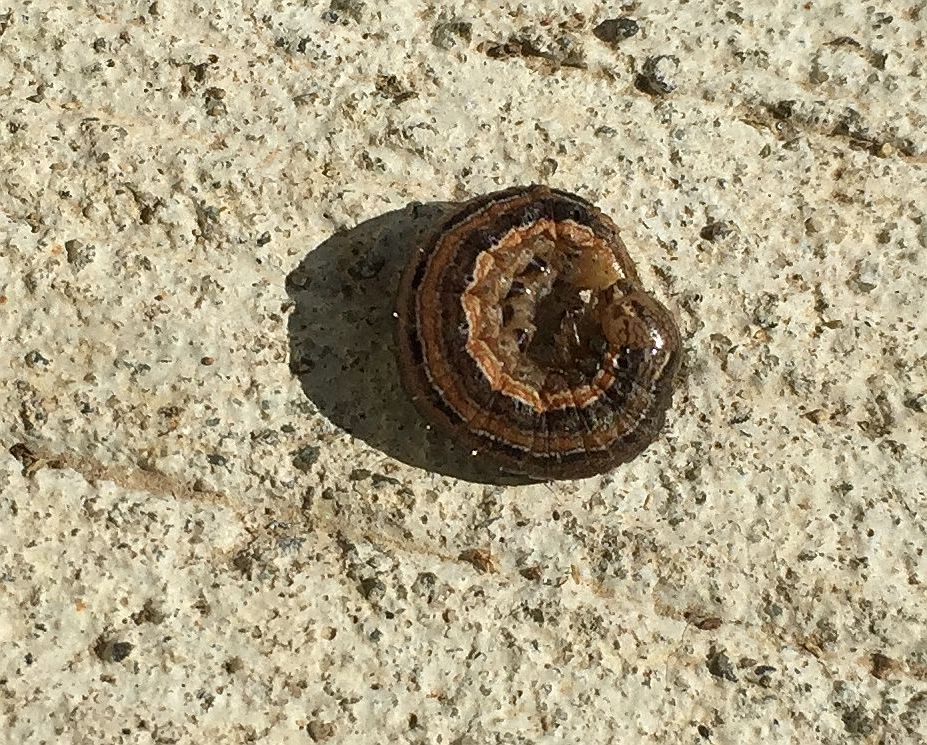September 10
2017 September 10
Val George writes: This moth, Triphosa haesitata, was in my car port in Oak Bay yesterday, September 9.


Triphosa haesitata (Lep.: Geometridae) Val George
And Jeremy Tatum writes: This moth, Noctua pronuba, was outside my back door in Saanich today, September 10.


Noctua pronuba (Lep.: Noctuidae) Jeremy Tatum
Nathan Fisk writes: September 5, 2017,Wickaninnish Beach, Pacific Rim National Park. This one’s a bit out of our area but the patterning on the wings was so striking I wanted to send it in. I have a faint memory of seeing something similar in Invert Alert before.
Jeremy Tatum writes: What a good memory you have! We have had Gazoryctra mathewi once before, 2013 September 8. This is the only hepialid to appear so far on Invert Alert. As for the area, while this site was originally intended to cover the Southern Vancouver Island Birdwatching Area, in practice we happily accept reports and photographs from the whole of Vancouver Island as long as we are not clashing with any similar website on the Island. So, keep ’em coming!


Gazoryctra mathewi (Lep.: Hepialidae) Nathan Fisk
Hayley Datoo reports huge numbers of caterpillars all over the inside and outside of Huband Elementary School in Courtenay. Huge clusters of them lining the base of the hallway wall. Jeremy Tatum writes: These are Mythimna unipuncta. The caterpillars are known in agricultural circles as the Armyworm. They eat grasses, including cereal crops. Periodically there are huge outbreaks of them as they eat all their foodplants in the area, and armies of them search for new pastures. The adult moth is known variously as the American Wainscot or the White-speck Moth.


Mythimna unipuncta (Lep.: Noctuidae) Hayley Datoo
